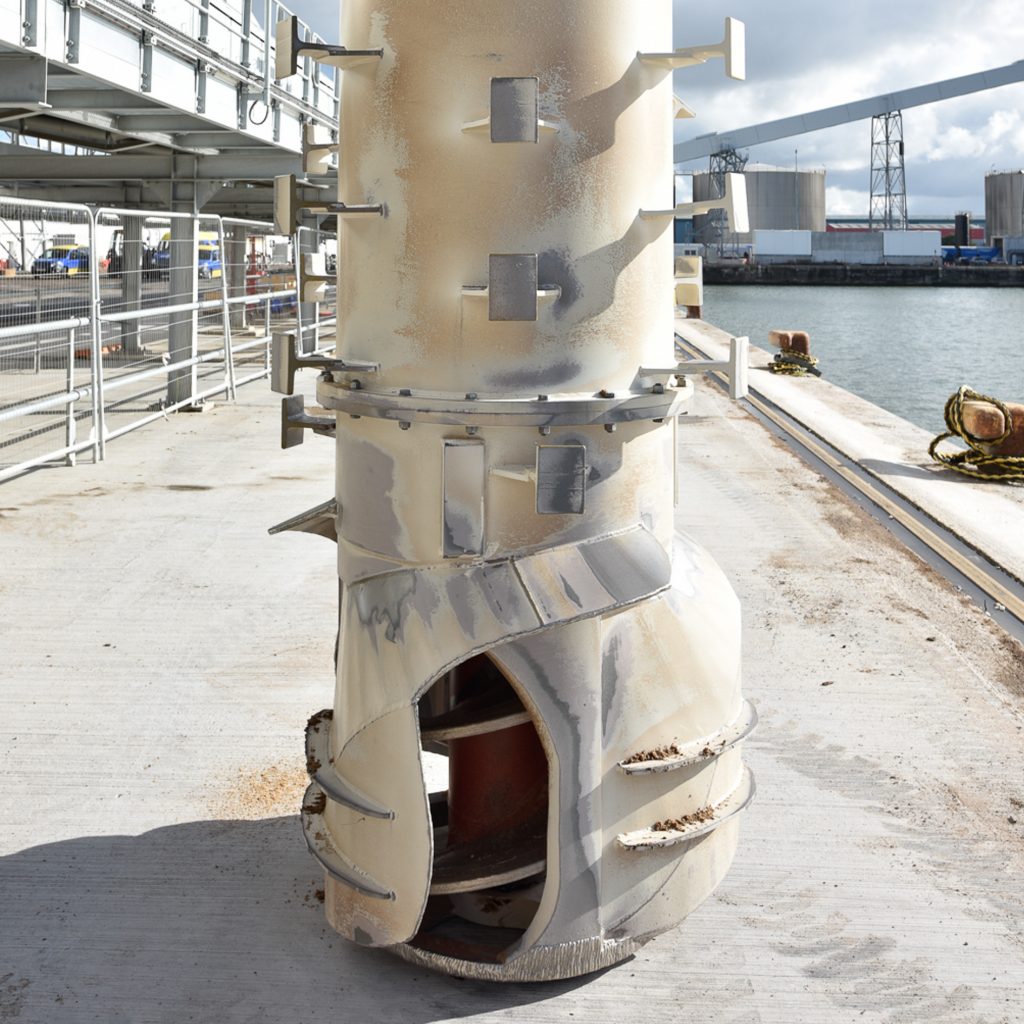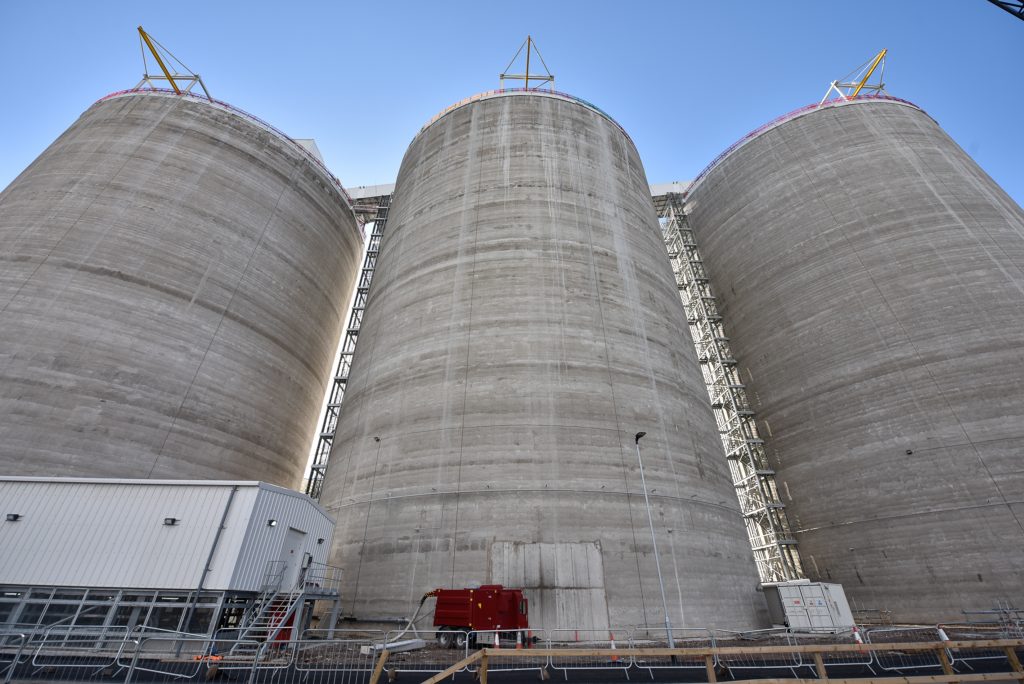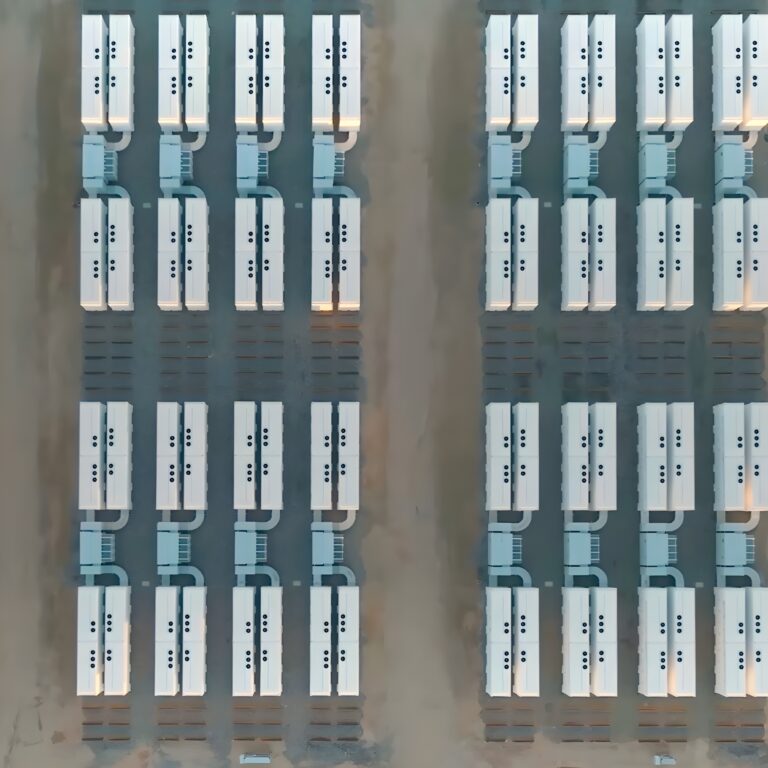In its long history, the Port of Liverpool has dealt with a number of industries. It’s a port characterised by its ability to adapt to the needs of the time. In 1715 it emerged as one of the world’s first ever wet docks. In the 18th century it was used as a hub for the slave trade.
When slavery was abolished in the early 19th century, Liverpool switched to bringing in the goods of the thriving Empire, such as cotton. When goods like cotton dried up, it switched to the fuel of the Industrial Revolution: coal.
Now as the world (and the UK government) moves away from fuels like coal and towards lower-carbon and renewable resources, the Port of Liverpool needed to adapt once again.
Gary Hodgson, Chief Operating Officer at Peel Ports, explains: “About three years ago everyone was asking, ‘What happens after coal?’”
What happens after coal?
Peel Ports is one of the biggest operators of Liverpool’s shipping infrastructure, including Liverpool Port. Seeing that the future of coal was finite, it recognised there was a need for a port that could bring in alternative, renewable fuels.
At the same time Drax was looking for a logistics partner to facilitate the importing of compressed wood pellets. Since 2009 Drax Power Station had begun a process of upgrading its coal-fired boilers to run on sustainable biomass, sourced from huge, well-established working forests. More than this, it had plans to set up its own pellet manufacturing plants in the US South and needed to import large quantities of wood pellets.
The relationship with Peel Ports and Liverpool was obvious. This began a £100 million investment that helped transform the region’s port-station transport infrastructure.
“It’s about working in partnerships with companies,” says Hodgson. “Working this way helps develop solutions that really work.”
The central element of the partnership between Drax and Peel Ports was a radical redesigning of the technical infrastructure. Not only do compressed wood pellets have fundamentally different physical properties to other fuels like coal, they are more combustible and need to be handled safely.
For the three-million-tonne-capacity facility that Peel Ports and Drax wanted to build, innovative supply chain solutions had to be developed.

Shifting biomass in bulk
The first challenge was getting the high-density pellets off giant ships. For this, Peel and Drax designed a solution that uses an Archimedean screw – a long tube with a spiral winding up the inside that allows liquids, or materials that can behave like a liquid (like wood pellets), to defy gravity and travel upwards.
At the top of the screw, the pellets are emptied onto a conveyor belt and carried to one of three purpose-built silos tailored to safely storing thousands of tonnes of biomass.
Here the pellets wait until another conveyor belt deposits them onto specially-design biomass trains where they are transported across the peaks of the Pennines to Drax Power Station near Selby in North Yorkshire.
Each step at the port is automated, designed with supreme efficiency in mind by a team of Drax and Peel Port engineers. End-to-end, port to power station, the whole process can take as little as 12 hours.
A new chapter for the north
In the varied history of the Port of Liverpool the new facility is another chapter, one that is helping transform the logistics infrastructure and the economic growth of the North West.
Now open and operational, the facility directly employs 50 people – around 500 additional contractors have worked on the project during its construction and development. More than that, it’s an investment in the country’s energy future. It secures a fourth port for Drax – three others are on the east coast – helping with security of supply.
“We made this investment because we recognised this as the future of the energy mix of the country,” Hodgson explain. “We can’t just rely on one form of power – there has to be an energy mix and we see biomass as a key part of that.”











